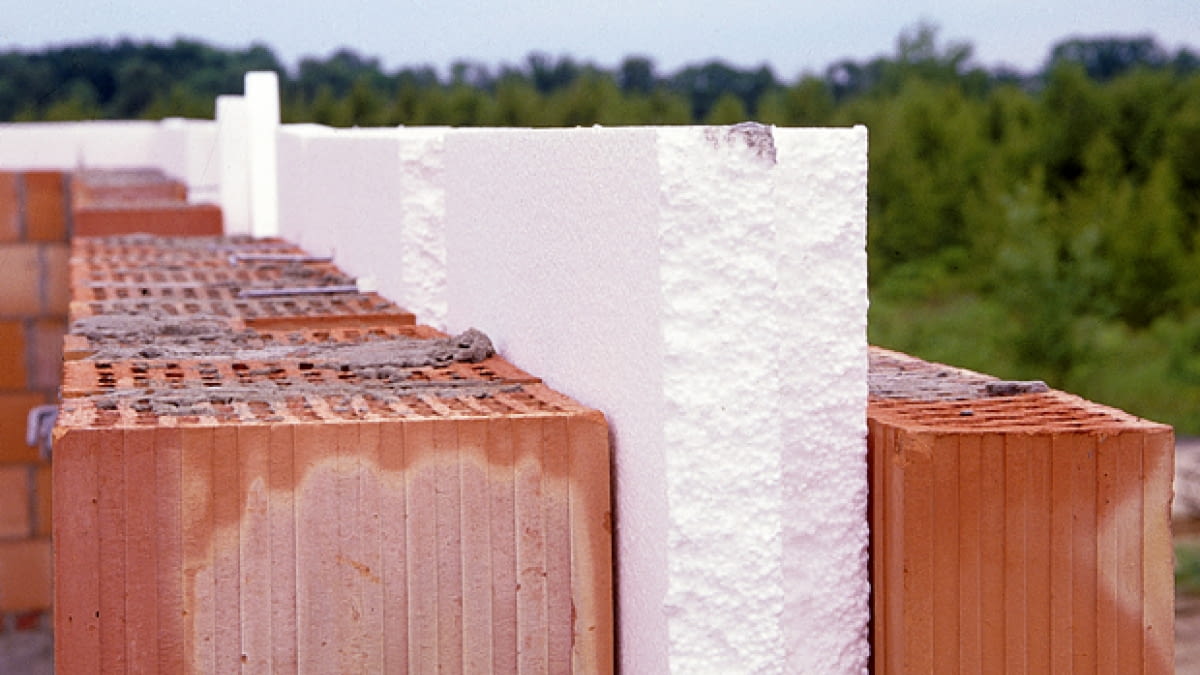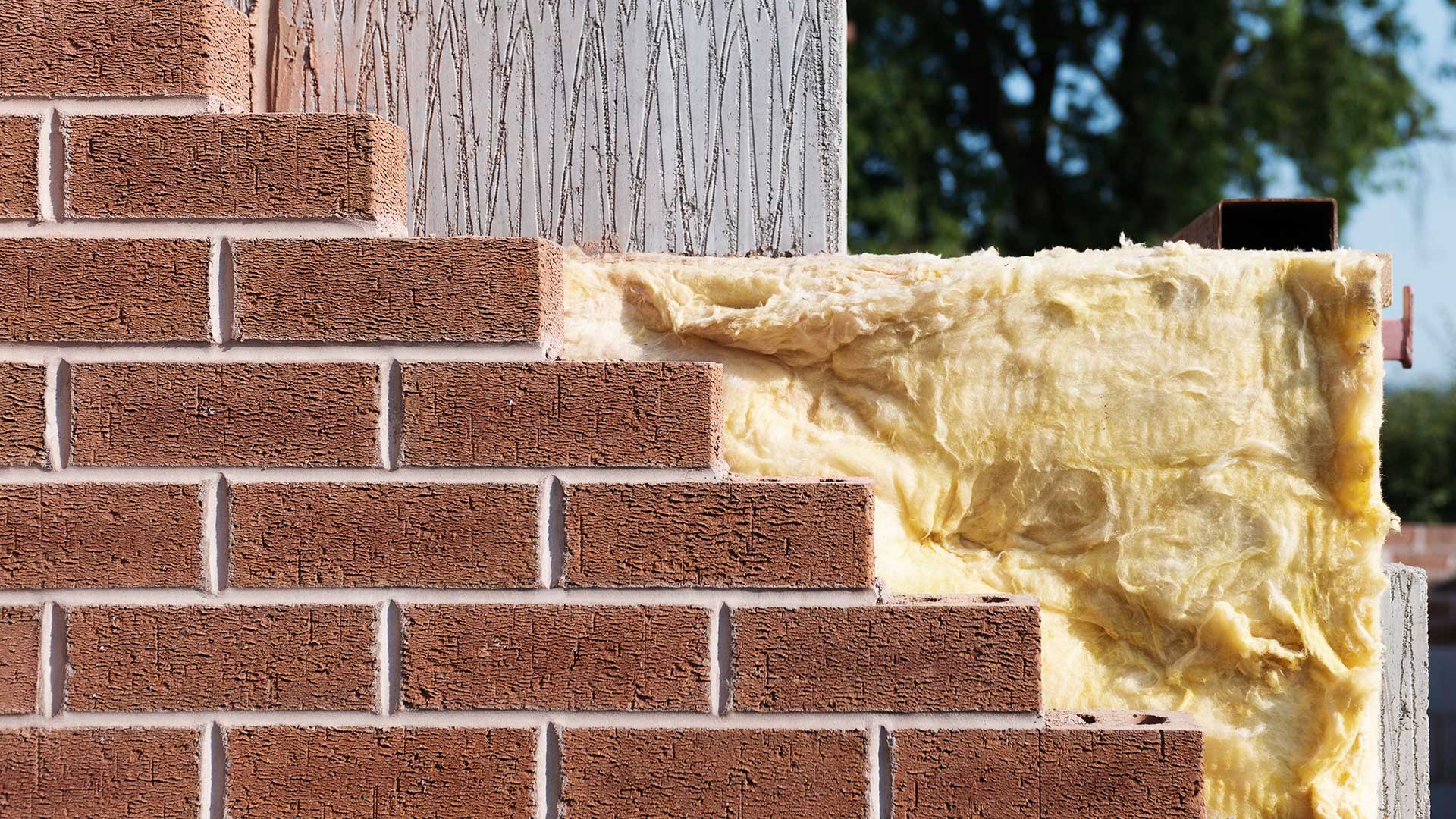This article has been updated on 20th June 2024
I’ve learned that getting rid of old cavity insulation is essential for keeping our homes healthy. This step not only improves sustainability, making our homes more comfortable and sustainable but also wards off potential health risks. Damaged insulation can be a breeding ground for mold, mildew, and even pests, all of which can lead to serious health issues, including respiratory problems. Noticing things like unexplained allergies, sudden spikes in utility bills, or signs of moisture and mold could all point to the need for insulation removal. By taking this action, we’re not only safeguarding our living environment but also ensuring it remains a welcoming space. Stick around, and I’ll show you the best ways to tackle this for a healthier home.
Understanding Cavity Insulation
Before we delve into the specifics of cavity insulation removal, it is crucial to grasp what cavity insulation actually is and why it plays a significant role in our homes. At its core, cavity insulation fills the gap between the inner and outer walls, known as the cavity, in many homes. This isn’t just any filler; it’s a critical component that keeps our homes warm in the winter and cool in the summer. In essence, it acts as a barrier that minimizes the transfer of heat through the walls, leading to a more energy-efficient and comfortable living environment.
Understanding this, it’s easy to see why maintaining the integrity of our home’s insulation is more than a matter of comfort—it’s about belonging. A well-insulated home creates a sanctuary where the hustle and bustle of the outside world fades away, replaced by a serene, welcoming atmosphere. It’s about ensuring that our personal space is not only physically comfortable but also a haven that reflects our commitment to a sustainable, energy-conscious lifestyle. So, when we talk about the importance of cavity insulation, it’s not just about the materials that fill our walls—it’s about creating a sense of belonging and well-being within our homes.
Health Risks of Damaged Insulation
Uncovering the health risks associated with damaged insulation is crucial for maintaining not only our home’sefficiency but also our well-being. When insulation gets damaged, it can lead to several health issues that I believe we all should be aware of. You can read a personal account of how we navigated the insulation grant process. To begin with, damaged insulation can become a breeding ground for mold and mildew, which are notorious for causing respiratory problems and allergic reactions. I’ve learned that breathing in these spores over time can exacerbate or even lead to asthma and other serious respiratory conditions.
Moreover, certain types of insulation, when damaged, can release harmful fibers or particles into the air. Inhaling these particles can pose significant health risks, especially to the lungs and skin. I’ve found that prolonged exposure can sometimes lead to serious conditions, emphasizing the need for prompt action.
Additionally, damaged insulation can attract pests, including rodents and insects, which can carry diseases. Living in a home infested with pests not only compromises our comfort but also our health, as these creatures can spread a variety of diseases.
Understanding these risks has convinced me that keeping our insulation in good condition is not just about energy efficiency—it’s an essential part of securing gas and electric help in UK and ensuring a safe, comfortable home environment.
Signs Your Insulation Needs Removal
Recognizing when it’s time to remove your home’s insulation can be important for maintaining a healthy living environment. I’ve noticed a few red flags that indicate it might be time, such as persistent indoor allergies, unexplained spikes in utility bills, and issues with moisture and mold. These signs suggest that the insulation in your home is no longer performing effectively and could be compromising your health and wallet.
Persistent Indoor Allergies
Battling persistent indoor allergies could indicate it’s time to consider removing your home’s insulation. I’ve come to realize that what is hidden in our walls might be impacting our health more than we realize. When my family and I suffered from continuous sneezing, itchy eyes, and a general feeling of discomfort inside our own home, I understood something had to change.
Here are key signs that your insulation might be the government cavity wall insulation removal culprit:
- Unexplained respiratory issues, including asthma flare-ups or difficulty breathing
- Frequent dust accumulation in your home, despite regular cleaning
- Musty odors that persist even after thorough cleaning and ventilation
Recognizing these signs helped me acknowledge the importance of evaluating and potentially removing outdated or contaminated insulation to create a healthier living environment for my family.
Unexplained Utility Bill Spikes
After addressing indoor allergies, it’s also important to note that sudden spikes in your utility bills can be a cavity wall insulation removal grants strong indicator that your home’s insulation requires attention. When I first noticed my bills soaring without cavity wall insulation removal free a clear reason, it led me to scrutinize every corner of my house, especially the insulation. It turned out, inefficient insulation was letting heat insulation removal escape in the winter and infiltrate during the summer, forcing my HVAC system to work overtime. This revelation was a wake-up call. Proper insulation acts as a guide to making the most of insulation grants for your home, and when it fails, it doesn’t just affect your comfort; it hits where it hurts most – your wallet. Recognizing this sign early can save you from spending unnecessarily and guarantee you’re part of a community that values smart, sustainable living.
Moisture and Mold Issues
Another telltale sign that your insulation may need removal is the presence of moisture and mold within your home. When insulation gets wet, it can harbor mold, leading to potential health issues and compromising the air quality. If you’re seeing, smelling, or suspecting moisture issues, it’s vital to act swiftly.
- Musty odors: A clear indicator of mold presence, often stemming from damp insulation.
- Visible mold growth: Spots or patches on walls or ceilings could mean your insulation is retaining moisture.
- Damp patches: These may not always be mold but can indicate moisture intrusion.
Being part of a community that values a healthy living environment, recognizing these signs means taking a step towards ensuring our homes are safe, comfortable, and mold-free.

The Removal Process Explained
Now that we’ve identified the signs indicating your insulation may need to be removed, let’s explore how the removal process actually unfolds. First, I’ll explain how professionals assess the condition of your insulation to determine the best course of action. Then, we’ll look at the techniques experts use to safely and effectively remove old or damaged insulation from your home.
Assessing Insulation Condition
Prior to delving into the removal process, it is crucial to first evaluate the condition of your current insulation to determine the need for its replacement. Recognizing the state of your insulation can be enlightening; it’s all about comprehending what you’re living with and what requires changing to guarantee a healthier, more comfortable home. Here are key indicators to watch out for:
- Moisture Presence: Damp insulation is a breeding ground for mold and diminishes efficiency.
- Physical Deterioration: Keep an eye out for drooping or compressed areas that jeopardize insulation performance.
- Pest Infestation: Indications of pests can suggest damage and contamination.
Identifying these signs allows me to make an informed choice about insulation removal, ensuring my home remains a secure, energy-efficient space. It’s a fundamental step towards a healthier living environment.
Professional Removal Techniques
Once the need for insulation removal is identified, it’s essential to understand the professional techniques employed to guarantee a safe and efficient process. Experts begin by conducting a thorough inspection to determine the extent of removal needed. They’ll then seal off the area to prevent contaminants from spreading into your home. Using specialized equipment, such as high-powered vacuums and protective gear, they meticulously remove the old insulation, ensuring that no fibers or particles escape into the air.
I’ve learned that this method not only safeguards my family’s health but also prepares my home for the installation of new, more efficient insulation. It’s a comfort knowing that professionals handle this task with such care, making my home safer and more energy-efficient. Their expertise gives me peace of mind, knowing I’m part of a community that values a sustainable lifestyle.

Choosing the Right Replacement Insulation
Selecting the right replacement insulation requires understanding the different types available and their respective benefits for your home. It’s not just about filling the gap left behind; it’s about choosing an insulation that suits my home’s needs and my family’s comfort. Here are some options I’ve considered:
- Fiberglass Insulation: It’s cost-effective and widely available. Perfect for those looking to improve their home’s energy efficiency without breaking the bank.
- Spray Foam Insulation: Offers superior air sealing properties. It’s ideal for sealing off every nook and cranny, ensuring no drafts sneak into my home.
- Cellulose Insulation: Made from recycled paper products, it’s an eco-friendly choice. Its high thermal performance makes it great for those of us wanting to reduce our environmental impact.
Each option comes with its unique set of benefits tailored to different needs and budgets. For me, it’s not just about picking any insulation. It’s about choosing the one that’ll make my home more energy-efficient, comfortable, and environmentally friendly. I’m leaning towards options that not only serve my immediate needs but also contribute to a healthier home environment in the long run.
Benefits of Insulation Upkeep
After determining the appropriate insulation for my home, it’s essential to concentrate on the advantages of regular insulation maintenance to guarantee its effectiveness and longevity. Keeping up with insulation upkeep not only enhances my home’s comfort but also greatly reduces energy bills. I’ve found that well-maintained insulation helps maintain a consistent temperature throughout my house, making it a cozy sanctuary for my family and me, regardless of the season.
Moreover, regular checks and maintenance of insulation can prevent moisture buildup, which is essential for avoiding mold and mildew growth. This step is critical for ensuring the air quality inside my home remains healthy and safe for everyone. It’s comforting to know that by simply staying on top of insulation upkeep, I’m contributing to a healthier living environment for my loved ones.
Lastly, insulation that’s well looked after contributes to the overall sustainability of my home. This not only benefits my wallet by lowering energy costs but also supports broader environmental conservation efforts. It feels great to be part of a community that values sustainability and taking care of our homes for the benefit of our planet.
Conclusion
As I wrap up, imagine your home enveloped in a snug, protective blanket, safeguarding your family from the chill outside. But when that blanket gets damp or moldy, it’s more than just uncomfortable—it’s a personal account of how we navigated the insulation grant process. Pulling out old, damaged insulation and replacing it with a fresh, efficient layer is like giving your home a gust of clean air. It’s a step towards a healthier, cozier living space. Embrace the change; your home, and your health, will thank you.

